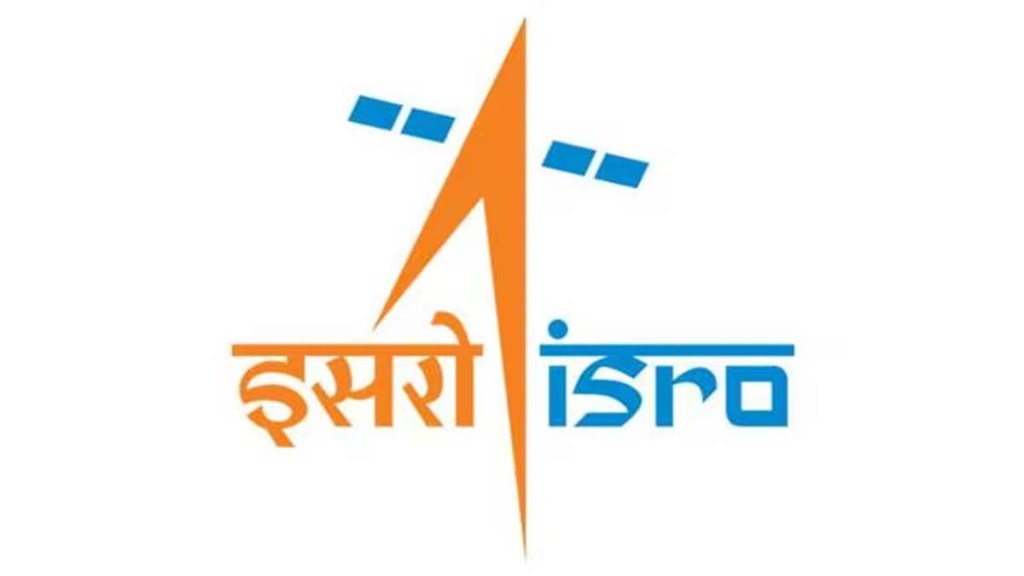The Indian Space Research Organisation (ISRO) has faced an unexpected setback while attempting to position the NVS-02 satellite into its designated orbit. Launched on January 29, 2025, aboard the GSLV-Mk2 rocket, this mission marked ISRO’s 100th launch from Sriharikota and was crucial for India’s space-based navigation efforts. However, a failure in the satellite’s onboard thrusters prevented it from reaching its intended geostationary orbit.
What went wrong?
Despite conducting a flawless launch and successful deployment of the satellite’s solar panels, the mission hit a hurdle when ISRO tried for orbit-raising maneuvers. According to ISRO’s official statement, the valves responsible for taking oxidizer to the thrusters were not able to open, resulting in the engines being incapable of firing. As a result, NVS-02 at present continues to be stuck in an elliptical Geosynchronous Transfer Orbit (GTO), which is not appropriate for the advanced functioning of the navigation system.
ISRO response to the setback
ISRO has however given assurance that the satellite continues to be healthy because of normal power generation and an active communication link with the ground stations. Other alternative strategies are currently being explored by the engineers on how to utilize the satellite’s potential within its present position in orbit.
This is not the first time ISRO has encountered setbacks in its ambitious space programs. In 2022, the SSLV-D1 mission witnessed failure because of a sensor malfunction, while in 2019, the Chandrayaan-2 lander lost its communication during its Moon descent. However, ISRO has a record of taking lessons from past failures and to come back stronger. For the successful landing of Chandrayaan-3 in 2023 and the continuous progress achieved in space technology.

